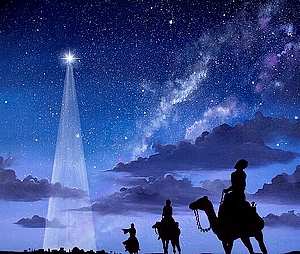Here comes another one!
On New Year's Eve this song might be a good fit for some of us:
Pick yourself up...
Take a deep breath...
Dust yourself off
And start all over again.
Nothing's impossible, I have found
For when my chin is on the ground.
I pick myself up,
Dust myself off
And start all over again.
AS MIDNIGHT STRIKES:
SO, for 1st January staying with a musical theme, I note that a Broadway star of the past was born this day, in 1917.
Shannon Bolin died in 2016, aged 99.
Here she is with a traditional Irish folk song:
On New Year's Eve this song might be a good fit for some of us:
Pick yourself up...
Take a deep breath...
Dust yourself off
And start all over again.
Nothing's impossible, I have found
For when my chin is on the ground.
I pick myself up,
Dust myself off
And start all over again.
"And ye, who have met with Adversity's blast,
And been bow'd to the earth by its fury;
To whom the Twelve Months, that have recently pass'd
Were as harsh as a prejudiced jury -
Still, fill to the Future! and join in our chime,
The regrets of remembrance to cozen,
And having obtained a New Trial of Time,
Shout in hopes of a kindlier dozen."
(by Thomas Hood)
AS MIDNIGHT STRIKES:
Year's end is neither an end nor a beginning but a going on, with all the wisdom that experience can instill in us.
(Hal Borland).
SO, for 1st January staying with a musical theme, I note that a Broadway star of the past was born this day, in 1917.
Ione Shannon Bolin was born in the small town of Spencer, South Dakota, on Jan. 1, 1917. Her parents were Gracie Elsie Bolin and Harry Bolin, a hotel owner who raised horses during the Depression. In an interview she said her father named her Ione “because I was born on the first of January, which is 1-1, or 1-one. That’s South Dakota humor for you.”
At age 20, she headed to the East Coast to pursue a career as a singer. In Washington, D.C., Bolin worked for CBS Radio and during World War II she became the host of her own musical program. She auditioned in 1944 in New York for the New Opera Company and won a place in the ensemble.
Bolin portrayed Meg Boyd in both the original Broadway production and the film version of Damn Yankees.
Shannon Bolin died in 2016, aged 99.
Here she is with a traditional Irish folk song:


























.JPG)



















